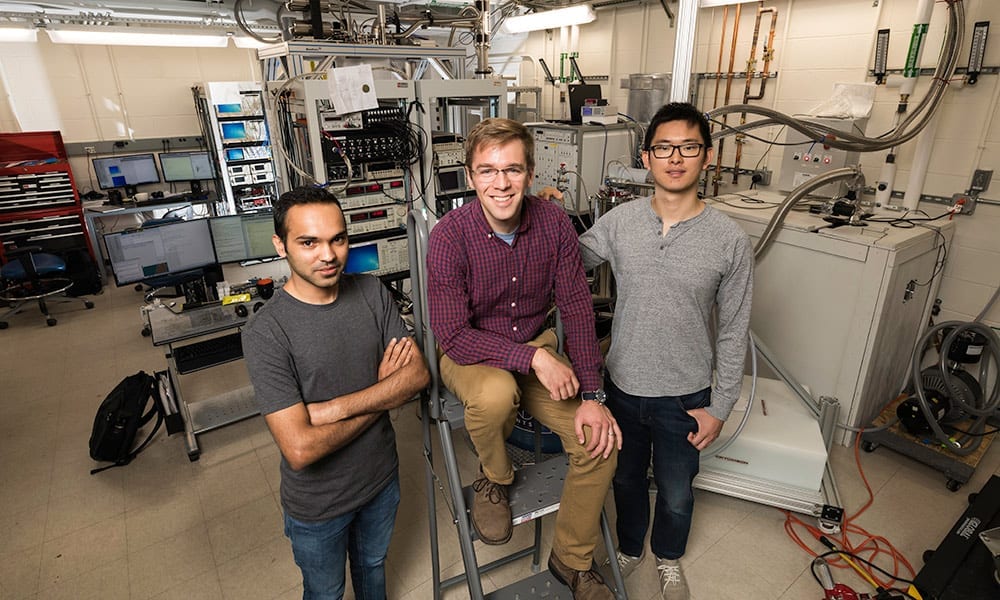
The Harbin Institute of Technology (abbreviated as HIT) is a research university and a member of China’s elite C9 League
The Latest Bing News on:
Harbin Institute of Technology (HIT) Research
- Scientists solve chemical mystery at the interface of biology and technology
Organic electrochemical transistors (OECTs) allow current to flow in devices like implantable biosensors. But scientists long knew about a quirk of OECTs that no one could explain: When an OECT is ...
- Students discover research opportunities on the path to graduation
Independent research opportunities are an important part of the learning process for RIT undergraduates and graduates.
- CCIA releases report 'US Threats and Sabotage to the Security and Development of Global Cyberspace'
The internet is a shared home for mankind. In order to maintain its global hegemony, the United States has abused its information technology and resource advantages, engaging in wiretapping and ...
- How Harvard Came to the Cutting Edge of Quantum Research
QuEra is working to expand its industry and scientific partnerships. According to Keesling, QuEra is working with the Lawrence Berkeley National Lab – a federally funded lab at the University of ...
- Future of Humanity Institute shuts: what’s next for ‘deep future’ research?
Some future shocks are hard to avoid — as researchers at the 19-year-old Future of Humanity Institute (FHI) at the University of Oxford, UK, discovered last week, when the institute was shut down in ...
The Latest Bing News on:
Harbin Institute of Technology (HIT) Discovery
- Feed has no items.








